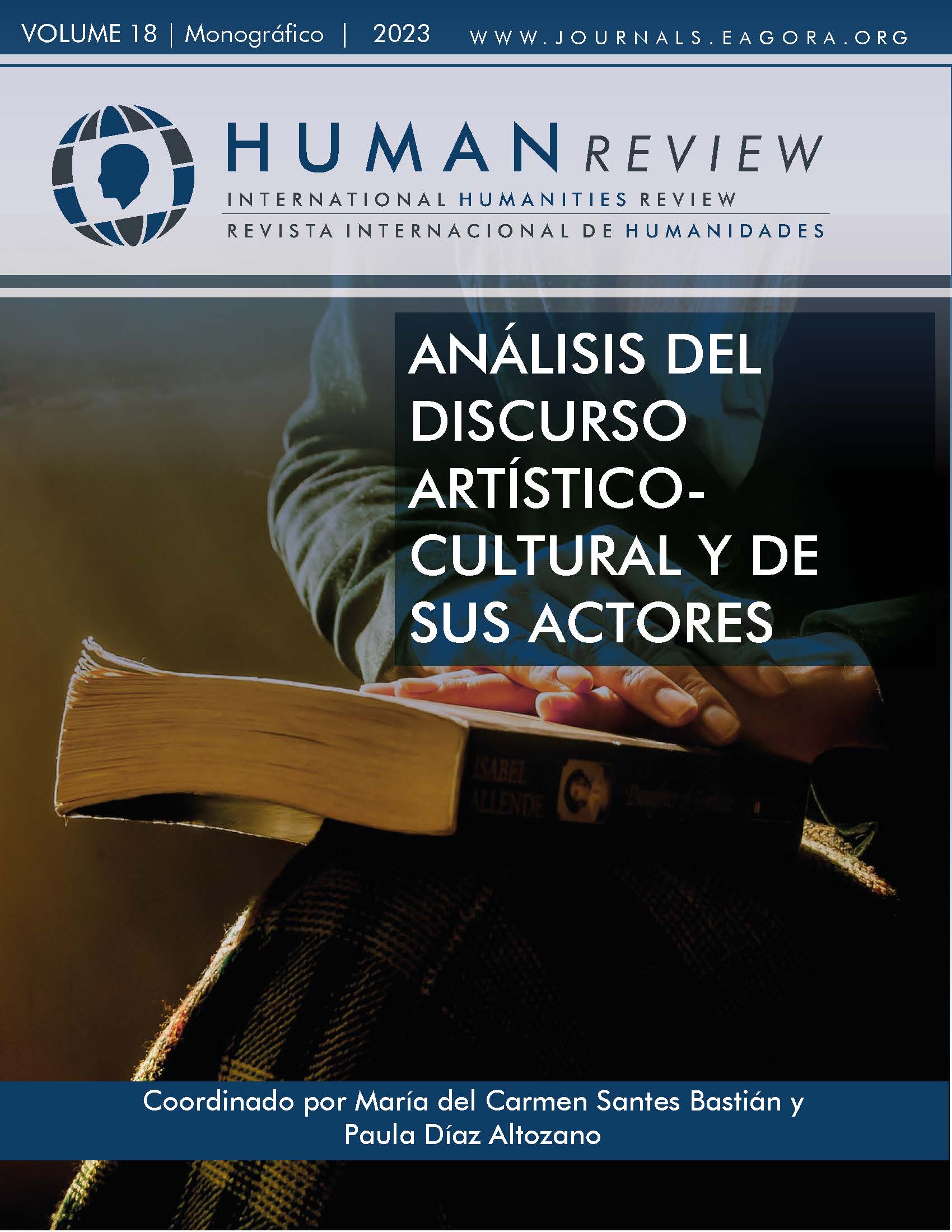The Hunt in Sansho Dayu (1915) and L’Oiseau bleu by Maurice Maeterlinck
DOI:
https://doi.org/10.37467/revhuman.v18.4895Palavras-chave:
Japan, Maeterlinck, 19th century, Symbolisme, Mori Rintarô, Travel, BelgiumResumo
The origins of the legend of Anju and Zushio, children cruelly torn from their mother and sold to Sansho, are lost in the Middle Ages, but it was “Ôgai” Mori Rintarô who gave it literary status when he published the historical tale Sansho dayu in 1915. The analysis details the important symbolic role played by birds in freedom and the hunting of birds. The bird, symbol of freedom and autonomy. In parallel, an antagonism, the hunting of birds. Death and the bird complement a bipolarity of symbolic content present throughout the work.
Referências
Lie Tseu (1997). Traité du vide parfait. [traduit par J. J. Lafitte]. Albin Michel.
Lozerand, E. (1994). Les tourments du nom-Essai sur les signatures d’Ôgai Mori Rintarô. Maison franco-Japonaise.
Maeterlinck, M. (1945). L’Oiseau bleu. L’Édition d’art Piazza,.
Ôgai Zenshû. (1971-1975). Oeuvres complètes d’Ôgai, 38 vol., Iwanami shoten.
Rozuran, E. (1994). Le Sansonnet, le phénix et la mouette-la tentation de l’essai au fil du pinceau dans l’oeuvre d’ Ôgai, Waseda bungaku, 7, 90-112.
Downloads
Publicado
Como Citar
Edição
Seção
Licença
Os autores/as que publicam nesta revista concordam com os seguintes termos:
- Os autores/as terão os direitos morais do trabalho e cederão para a revista os direitos comerciais.
- Um ano após a sua publicação, a versão do editor estará em acesso aberto no site da editora, mas a revista manterá o copyright da obra.
- No caso dos autores desejarem asignar uma licença aberta Creative Commons (CC), poderão a solicitar escrevendo a publishing@eagora.org.









